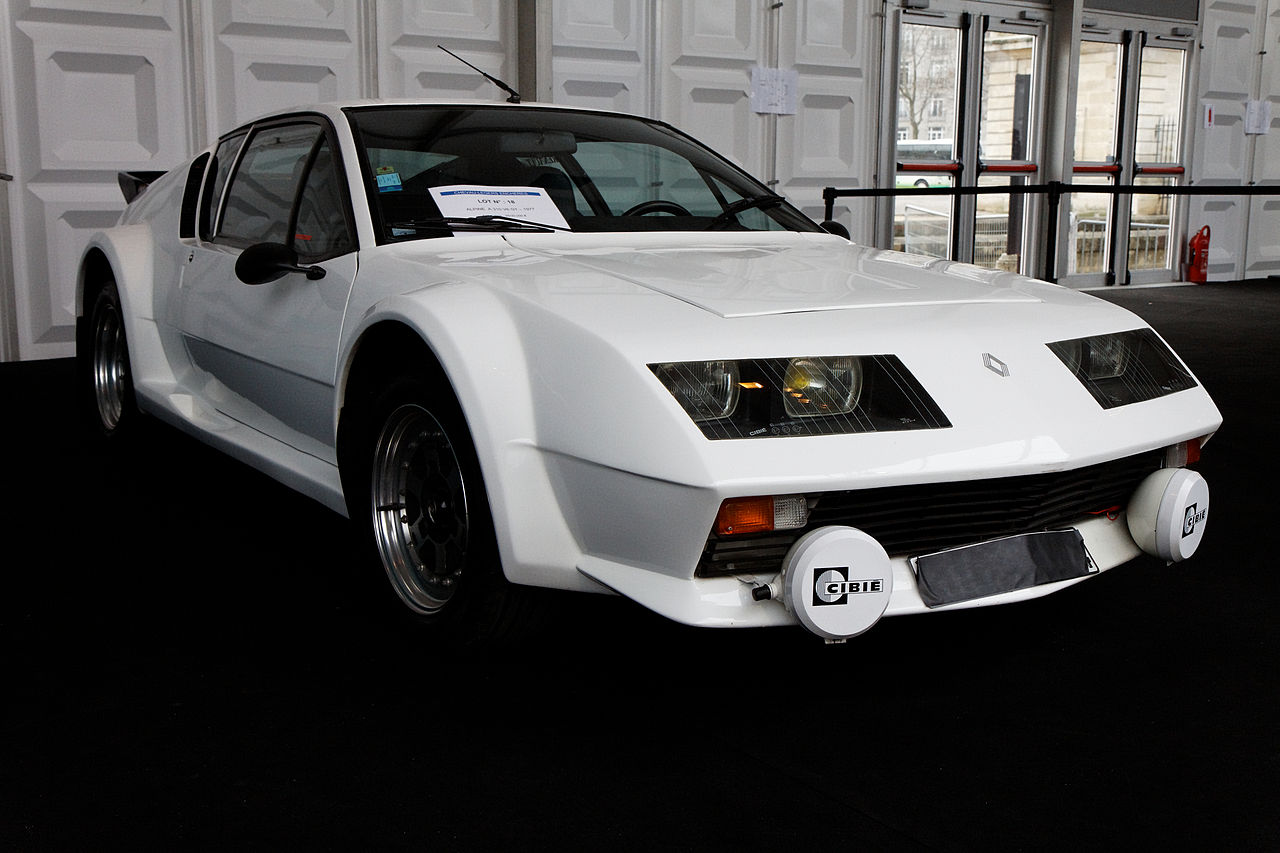-
Insurance
InsuranceAbout our productsLearn about insuringGet a quote Get current values, historical values, model history and more.
-
Valuation
ValuationHagerty valuation toolLook up a vehicle value Get current values, historical values, model history and more.
-
Events
EventsHagerty official eventsHagerty ClubhouseEvent calendar
-
Entertainment
EntertainmentMore to explore
- Portal login
1971 Alpine A310
4-Cyl. Coupe 1.6 L
Vehicle values by condition
Fair
Condition 4
£14,600
#4 cars are daily drivers, with flaws visible to the naked eye. The chrome might have pitting or scratches, the windshield might be chipped.
Good
Condition 3
£20,200
#3 cars could possess some, but not all of the issues of a #4 car, but they will be balanced by other factors such as a fresh paint job or a new, correct interior.
Excellent
Condition 2
£30,300
#2 cars could win a local or regional show. They can be former #1 cars that have been driven or have aged. Seasoned observers will have to look closely for flaws.
Concours
Condition 1
£41,000
#1 vehicles are the best in the world. The visual image is of the best car, unmodified, in the right colours, driving onto the lawn at the finest concours.
Insurance premium for a
1971 Alpine A310 4-Cyl. Coupe 1605
valued at £20,200
£162.75
/ year*
History of the 1971 - 1976 Alpine A310

1971 - 1976 Alpine A310
Alpine A310 (Coupe), 1971-1984
The Alpine A310 was in production from 1971 until 1984. Styled in house by Yves Legal and facelifted in 1976 by Robert Opron, it is a rear-engined, rear wheel drive coupe range seating two adults and two children.
Following on from the famed and respected A110 model, the A310 was meant to sit slightly above the A110 in the range as a replacement for the more upmarket A110 GT4. It initially retained the same Renault derived four cylinder engine, as would also see service in the first Lotus Europa models. However, from 1976, Alpine addressed criticisms that the A310 was underpowered in comparison to its predecessor by launching a new V6 engined variant, using a derivative of the PRV engine as found in the larger Renault 30. This had been necessary owing to simple physics; the A310 was larger than its predecessor, and heavier, but kept the same engine at first.
All four cylinder A310s use derivatives of the Cleon-Alu series engine, as originally fitted to the Renault 17. Initially a 1605cc variant shared with its predecessor, in 1976 Renault introduced a detuned 1647cc 94bhp variant to serve as an entry level model, the A310 1600SX, to aid flagging sales. Later that year the 2.7 litre V6 from the Renault 30 and Volvo 264 was fitted, giving 148bhp instead of the original’s 127bhp, and a useful increase in torque to boot. Despite the weight penalty to the rear, dales picked up following the fitment of the V6, but were never as strong as the equivalent Porsche models. From 1981, the rear suspension design was shared with the Renault 5 Turbo, as were the wheels – now four stud in place of three.
From 1983 it was possible to specify a “Pack GT” – this consisted of wider wheelarches and bigger spoilers to the front and rear. 27 “Pack GT Boulogne” cars were built, fitted with the pack but also fitted with a bored out 2.9 litre version of the V6, further tuned by Alpine and fitted with triple Webers to make 190bhp.
A tight turning circle and direct steering are the first things you notice behind the wheel of an A310 – along with how well balanced the four cylinder versions are for a rear engined layout. V6s have more rear weight bias in the manner of an old 911, so the slow-in-fast-out method of taking corners is to be advised. Smooth with a surprisingly good ride, the A310 feels more like a sporting GT than an out and out sports car despite its competition heritage. This usability makes it a surprisingly capable long distance classic to boot.
Rattly camshafts are a PRV weakness, so listen carefully to the engine on high mileage examples. Four cylinders are fairly hardy, and the popularity of the A110 means that parts and service items are easy to find. Four cylinders used the gearbox from the Renault 16, while V6s used the transaxle from the Renault 25 and Lotus Esprit. These are both hardy, though hard starts can eventually damage the input shaft. Chassis will almost all have been welded by now; a good job shouldn’t put you off a car. Trim can all be replicated – but the interior plastics were trimmed in a suede style flock which can be damaged by sunlight. This is difficult and expensive to repair or replace, so check the condition carefully.
1600s are typically less highly valued than V6 models, though the difference is far less than you’d think and ultimately comes down to buyer preference. Blue, the traditional Alpine colour, is by far the most desirable and carries a small premium. Find a “Pack GT Boulogne” and you’re sitting on gold dust – bank on an extra 25% in terms of value over a standard V6 of similar condition.
A Porsche 912 would make an excellent alternative to an early A310, as would its predecessor, the A110. Later cars are better rivalled by the 911 and subsequent Alpine GTA. If rear engined layouts aren’t for you, try a Porsche 924 Turbo – its weight distribution makes it a surprisingly capable sports GT. A DeLorean might also be an interesting alternative to a late car.
Hagerty Newsletter
Get your weekly dose of car news from Hagerty UK in your inbox

ADVERTISEMENT